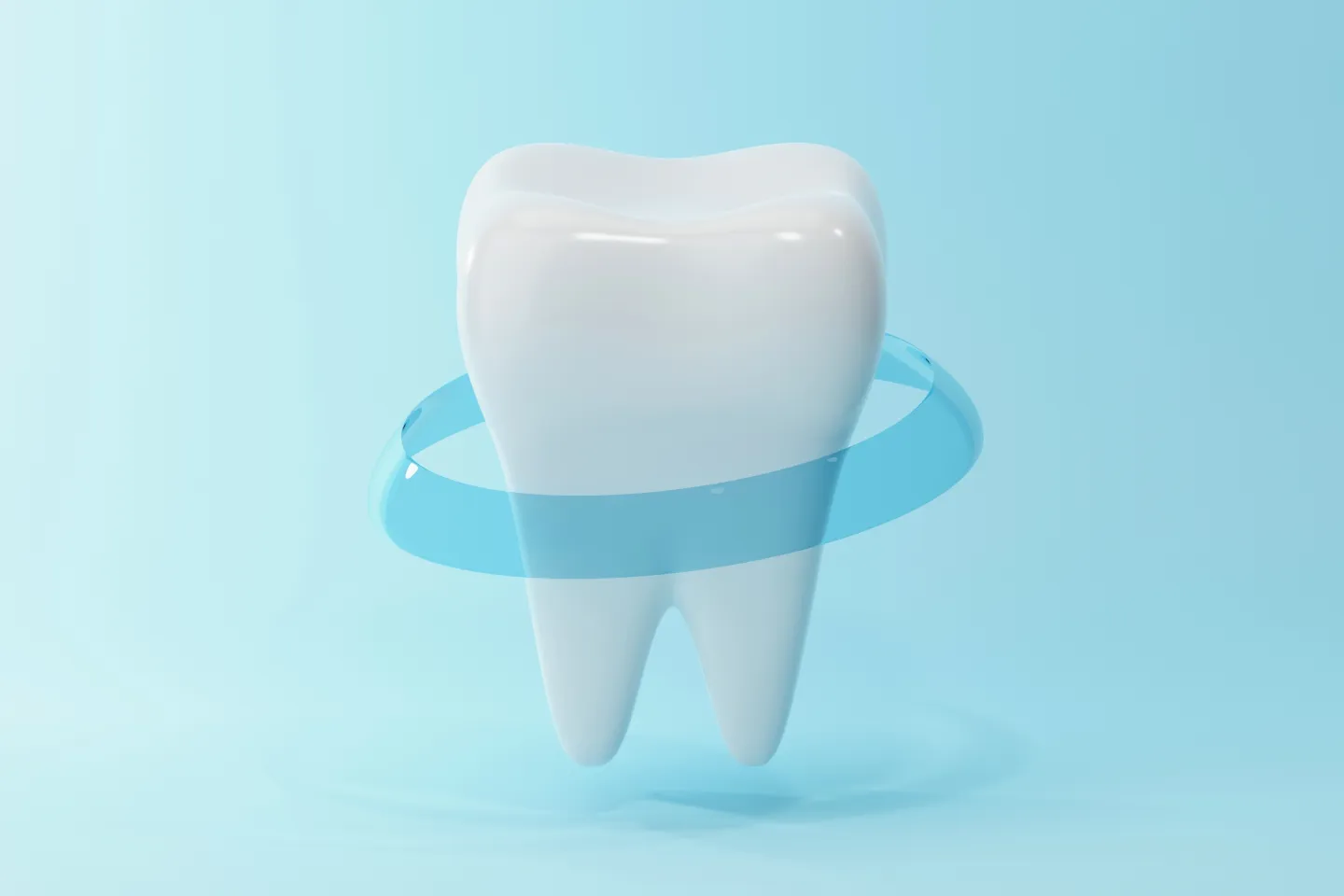Fluoride

For decades, the dental community has held fluoride in high regard as an important mineral that strengthens tooth enamel and helps prevent tooth decay. In nearly every U.S. community, public drinking supplies are supplemented with sodium fluoride because the practice is acknowledged as safe and effective in fighting cavities. Some private wells may contain naturally fluoridated water.
Water fluoridation is endorsed by nearly every major health and safety-related organization in the world. Communities make it a common practice to "fluoridate" their drinking supplies so that the general population can benefit from this inexpensive and effective preventative treatment. According to the American Dental Association, more than 144 million U.S. residents in more than 10,000 communities drink fluoridated water, most from public water supplies with sodium fluoride added artificially.
What Is Fluoride?
Fluoride is a compound of the element fluorine, found throughout nature in water, soil, air, and food. Adding fluoride to our drinking water can be absorbed easily into tooth enamel, especially in children’s growing teeth, which helps reduce tooth decay.
Why Is Fluoride Important To Teeth?
Fluoride is absorbed into structures, such as bones and teeth, making them stronger and more resistant to fractures and decay. A process in your body called "remineralization" uses fluoride to repair damage caused by decay.
How Do I Get Fluoride?
Just drinking public water will provide a certain measure of fluoride protection. But for years, health professionals have endorsed the practice of supplementing our intake with certain dietary products and topical fluorides in many toothpastes and rinses. Certain beverages, such as tea and soda, may also contain fluoride. Certain kinds of dental varnishes and gels may also be applied directly to teeth to boost fluoride intake.
Fluoride Safety
Swallowing toothpaste, rinses, or other products containing topical fluoride is generally NOT safe. In rare cases, some people may be overexposed to high fluoride concentrations, resulting in a relatively harmless condition called fluorosis, which leaves dark enamel stains on teeth.
Bottled Water, Home Water Treatment Systems, and Fluoride Exposure
Can the consistent use of bottled water result in individuals missing the benefits of optimally fluoridated water? Can home water treatment systems (e.g., water filters) affect optimally fluoridated water supplies? The answer is yes to both. Read how you can avoid some of the pitfalls that may be preventing you from getting the maximum value of fluoride in this article from the American Dental Association.
ADA Statement on FDA Toothpaste Warning Labels
The American Dental Association`s Council on Scientific Affairs believes that one part of the warning now required on fluoride toothpaste by the Food and Drug Administration (FDA) could unnecessarily frighten parents and children and that the label greatly overstates any demonstrated or potential danger posed by fluoride toothpaste. The label language, "If you accidentally swallow more than used for brushing, seek professional help or contact a poison control center immediately," is now required on all fluoride toothpastes. However, in a letter sent to the FDA last year, the ADA pointed out that a child could not absorb enough fluoride from toothpaste to cause a serious problem and that the excellent safety record on fluoride toothpaste argues against any unnecessary regulation.
Enamel Fluorosis
According to the American Academy of Pediatric Dentistry, a child may face a condition called enamel fluorosis if he or she receives too much fluoride during tooth development. Too much fluoride can result in defects in tooth enamel.
CDC Website Provides Information on Community Water Fluoridation
People seeking information on whether their water system is fluoridated can now find out by visiting a new Web site at the Centers for Disease Control and Prevention (CDC). The new feature, "My Water`s Fluoride," allows consumers in participating states to check out basic information about their water system, including the number of people served by the system and the target fluoridation level. Optimal levels recommended by the U.S. Public Health Service and CDC for drinking water range from 0.7 parts per million (ppm) for warmer climates to 1.2 ppm for cooler climates, accounting for the tendency to drink more water in warmer climates. Currently, participating states include Arizona, Colorado, Delaware, Florida, Georgia, Illinois, Indiana, Iowa, Maine, Massachusetts, Michigan, Minnesota, Nebraska, New Hampshire, Nevada, North Dakota, Oklahoma, Pennsylvania, and Wisconsin.
Our conveniently situated clinics offer comprehensive dental care
to keep your smile healthy and bright. Visit us and experience top-quality service!
Contact Us
We want to see you radiate with confidence and ensure you feel your absolute best! Book an appointment or schedule a consultation today. Let us show you that looking good is just the beginning.
*Name
*Location
*Phone Number
*Message body
I allow this website to store my submission so they can respond to my inquiry.


